Why Are Dogs Scared Of Thunder? And How To Comfort Yours?
Is your dog scared of thunderstorms? They're definitely not the only one. In fact, the fear of storms, lightning, and thunder is one of the most common among dogs in general. But why is this the case - and what can you do about it?
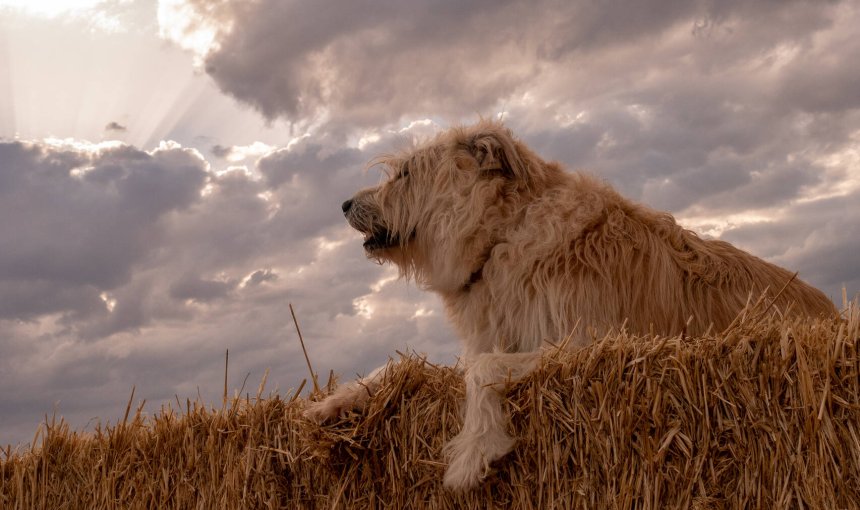
Your good boy or good girl might be a brave little trooper on most days – so you might be wondering why they make a beeline for under your bed or into your arms when it’s raining or thundering outside. In fact, why are dogs scared of thunder in the first place? And how can you help comfort your buddy when the weather’s rubbish outdoors?
Now while the fear of storms and thunder isn’t possible to get rid of 100%, there’s a lot you can do to reduce it – and also prevent your buddy from getting up to any mischief, destructive behavior, or even a runaway attempt because they’ve gotten spooked. Here’s 5 steps to get you started.

Find out how your dog spends their time.
Read moreWhy are dogs scared of thunder?
Dogs tend to have a keen sense of hearing, smell, and even ability to sense changes in atmospheric pressure – several times stronger than that of humans. (Yes, even better than your ability to smell the rain.)
- Because of this, the loud, booming sounds of thunder, the howl of the wind, and the crash of rain outside can be a frightening, overwhelming experience for your dog – much like fireworks.
- It’s why some dogs tend to spook at loud noises in general – like honking cars, passing vehicles, sirens, crying children, and even loud music.
In fact, haven’t you felt the same when you got that weird “gut” feeling something wasn’t quite right?
It’s one reason you might find your dog yelping and panicking even before the storm arrives. Their senses help them pick up on subtle, easy-to-miss changes in the environment that signal something “scary” is approaching – which they might not be able to 100% understand or why it’s happening.
Which, if you ask us, can be pretty scary to experience – even for us humans!
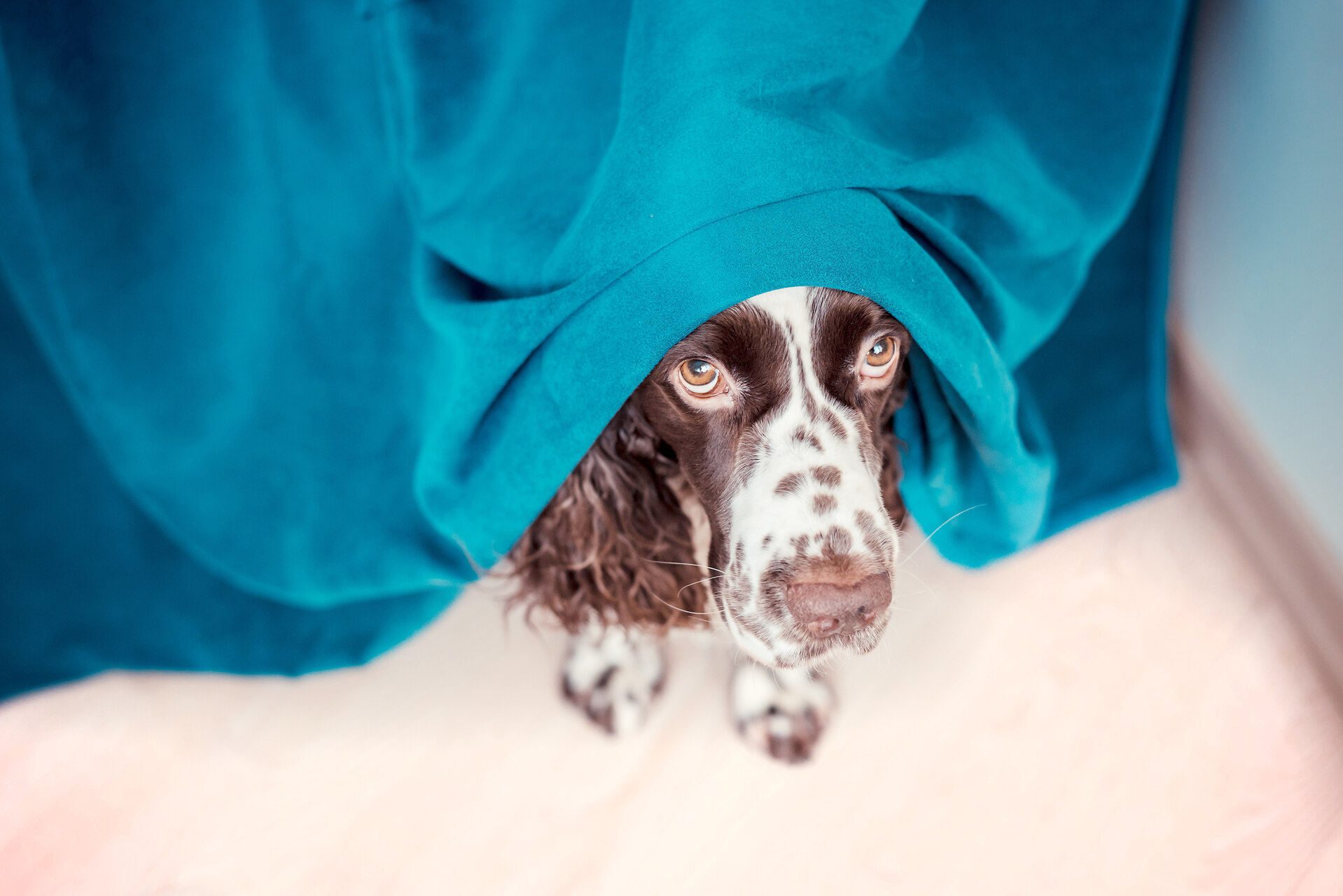
How your dog might behave if they’re scared of thunder
You might think a “scared” dog would only be barking excessively or whining and clinging to you – but fear in dogs turns up in a whole bunch of ways.
Including signs like:
- Panting
- Drooling or salivating more than usual
- An elevated heart rate and rapid breathing
- Loss of appetite
- Hiding
- Cowering, crouching, low body posture
- Shaking, quivering, trembling
- Tucked tail
- Barking, whining, abnormal vocalization (often relentless)
- Destructiveness
Read more: Why Is My Dog Scared Of Everything? Our Expert’s Take
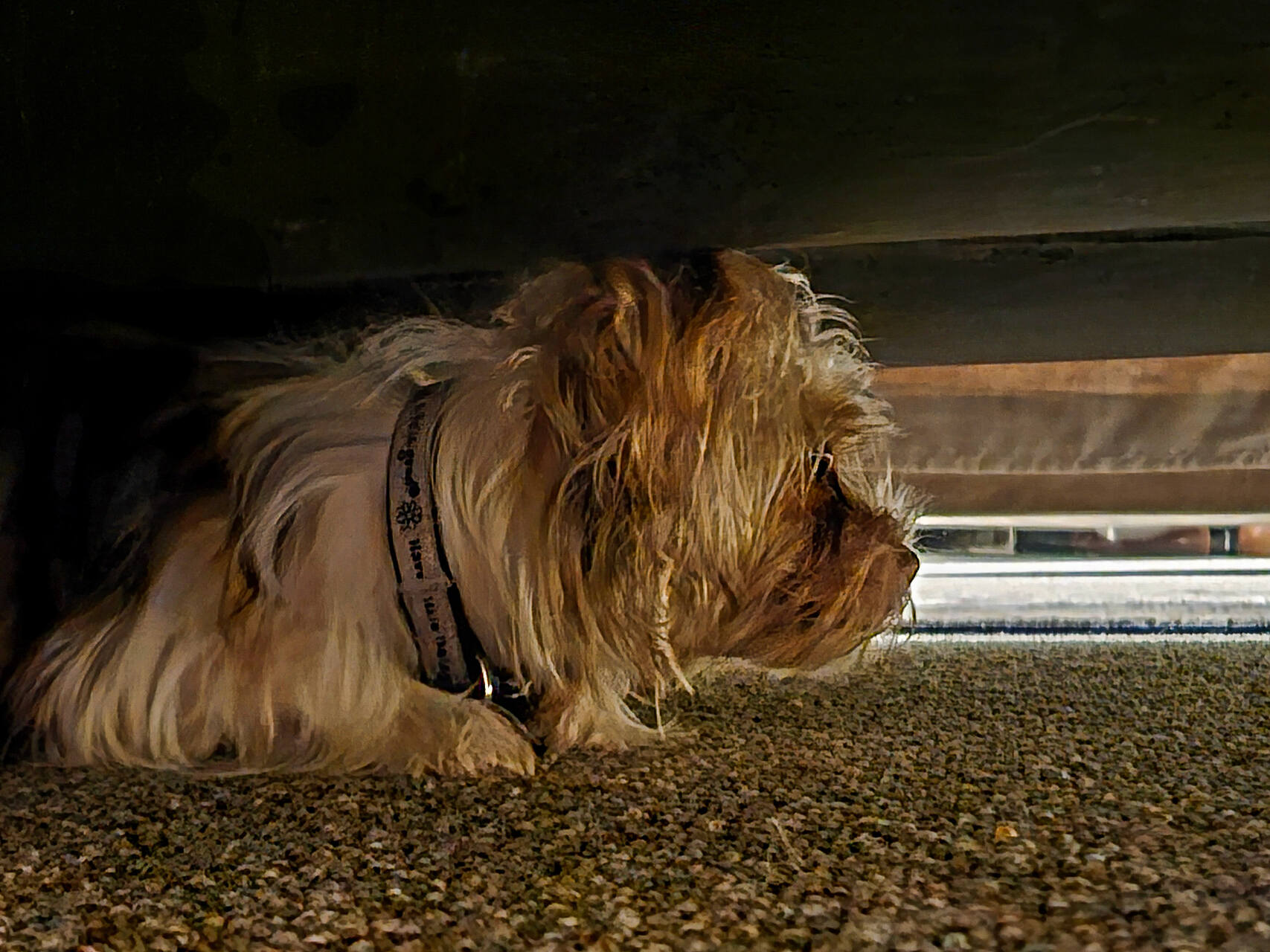
Dogs tend to mature socially between 12-36 months of age. Which is actually when they’re in the process of learning and mimicking behaviors from others around them to learn what’s okay and what isn’t. In some cases, this can include “panicking” at loud noises or hiding when it’s raining or thundering outside. (And at an even earlier age!)
So it’s also possible your dog might’ve picked up their “fear” as a learned behavior. Whether that’s from Mama dog, other puppies in their litter, or even other humans they’ve lived before you adopted them.
⚠️ If you aren’t able to address your dog’s fear of thunder or loud noises, it can worsen into a phobia. Which can turn up as:
- Unwanted and destructive behaviors during a storm, like chewing on slippers or even breaking windows
- Escape attempts, even to the point of self-harm, if it means finding somewhere safe.
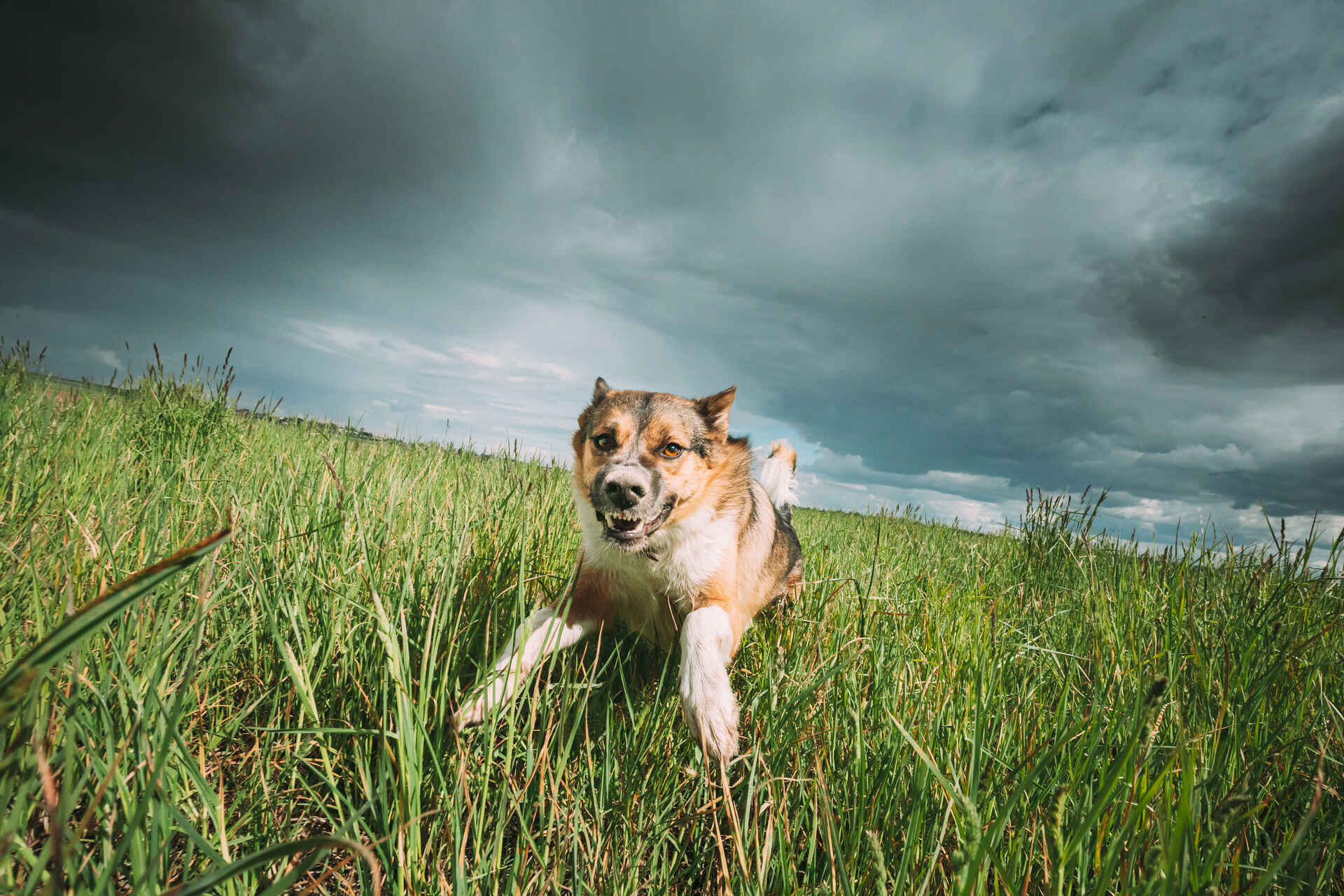
💡Which is why – besides setting up a soothing indoor environment for them – it also makes sense to plan ahead for an emergency.
Aka, a “lost dog” situation.
- In fact, noise anxiety is one of the primary reasons dogs run away from home.
- It’s why more dogs in the US alone go missing around the 4th of July than any other day in the year!
And while your dog might be the good-est boy or girl around and never strays past your doorstep – even the best-trained dogs can fall prey to their “flight” instinct when sufficiently spooked enough.
Plus, it’s an entirely different story if your dog is young, a ball of energy, still in progress with their training, or is anxiety-prone in general.
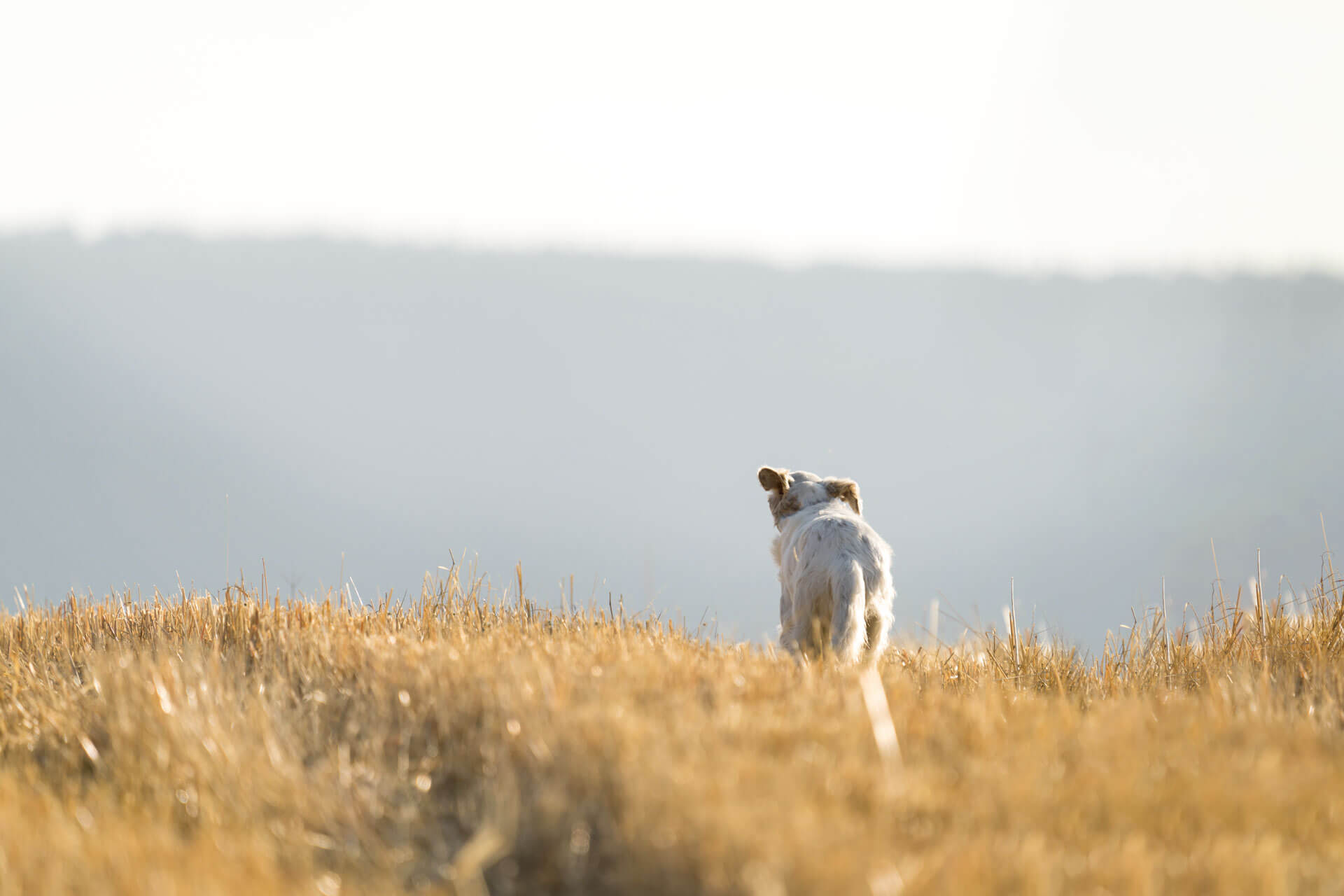
🐶 So imagine the relief and peace of mind from knowing you could know exactly where your dog is at all times…with just a glance at your phone?
It’s why millions of loving, responsible dog parents around the world – just like you – are using GPS trackers as an emergency measure.
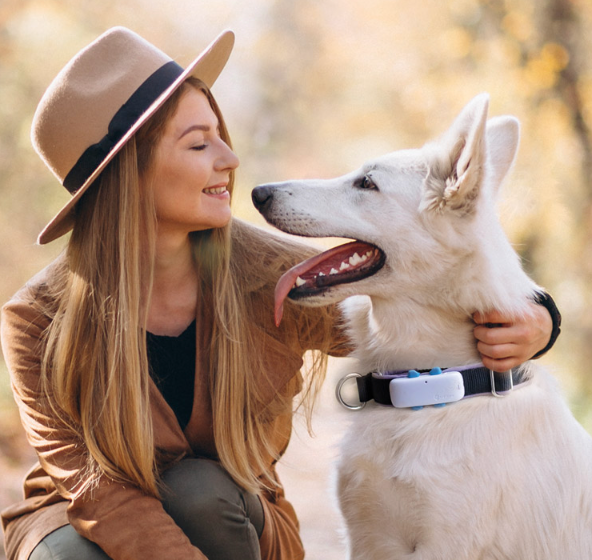
💡With your trusty Tractive GPS strapped to your buddy’s collar, you can now track your dog:
- In real-time,
- Over an unlimited range,
- Over a Heat Map of which spots they spend most of their time in,
- Within seconds, with an escape alert, if they run past a “safe zone” you set around your home or backyard
- And even while on vacation – or 175 countries if you’re on a Premium subscription
All with just a glance at your phone.
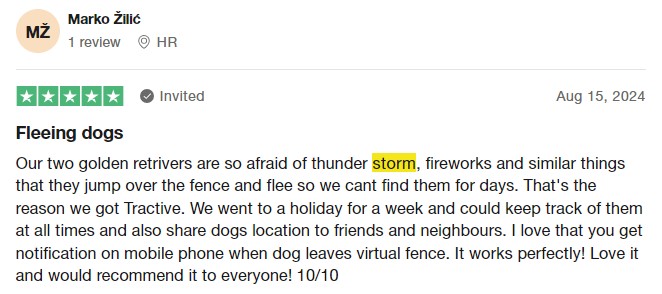
How to calm a dog down during a storm
With a bit of planning and prep, you can help set up a safe, soothing indoor environment for your buddy to weather out the storm. Here are some steps to get you started.
1. Provide a safe hiding place indoors
Make sure your dog has a safe place to retreat to at any time during a thunderstorm – ideally indoors.
A safe place could be:
- In their own crate
- Under your bed or a table
- Under the covers in your bed or on the couch
- Or even in your arms in a quiet, familiar environment
Make sure that your dog can get into its safe area without your assistance. This will give your pup comfort whether or not you are home.

2. Secure your fencing & backyard
As soon as you see or feel that a storm is coming, bring your dog indoors. (Yes, even your outdoor dog can spook if left in the open when the skies get darker.) Dogs left out doors may panic and try to escape the yard. When dogs panic they may hurt themselves trying to run indoors, jump over (or through) fencing, or out of the garden.
Which is why it makes sense to double-check your fencing for any holes, diggable spots, or low spots that your dog could jump over or dig under. Don’t underestimate how resourceful your dog can get when they’re spooked enough!
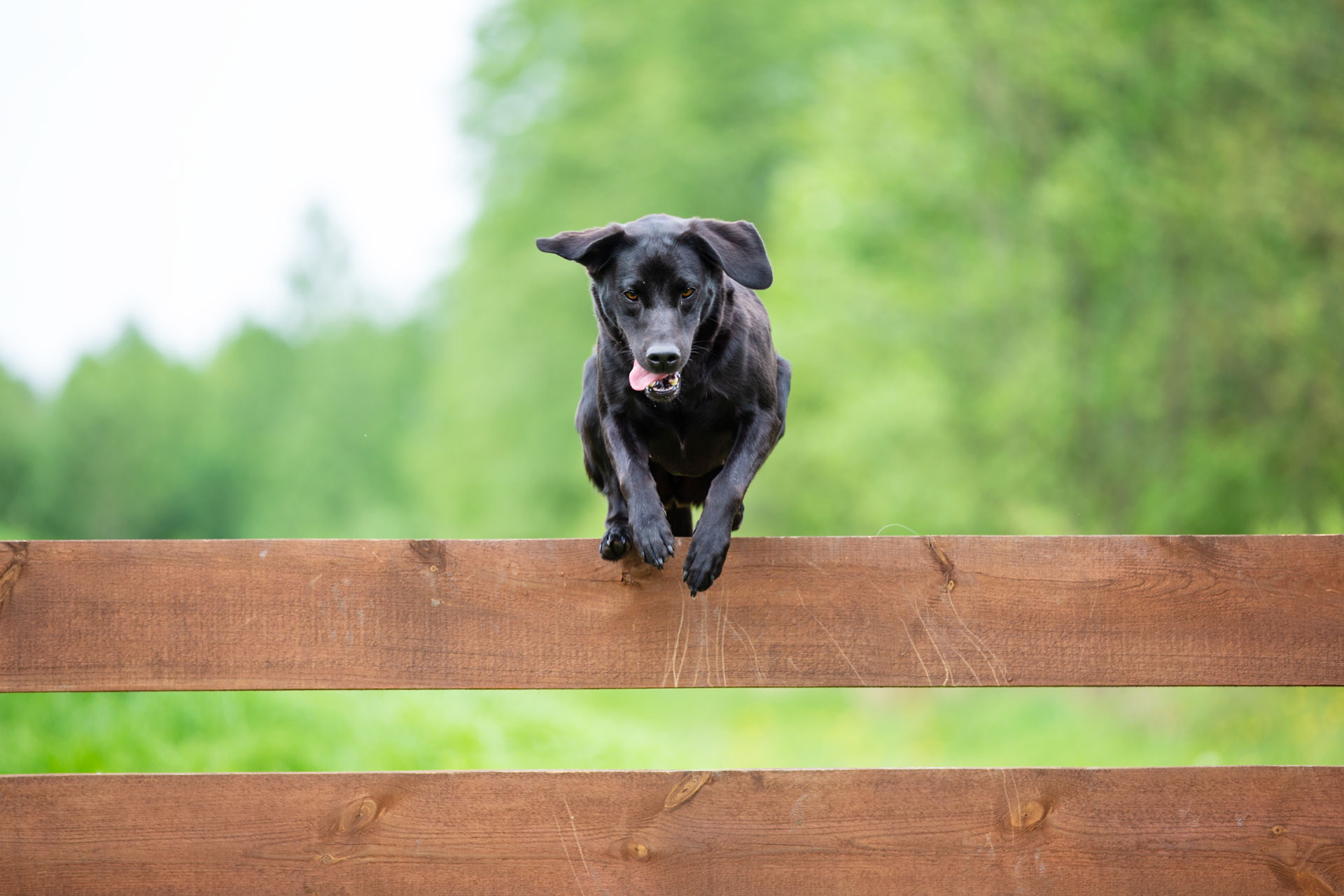
💡Got a weirdly-shaped yard that’s impossible to fence, weird HOA rules, or is a physical fence outside your budget? (They do tend to be time-consuming, cumbersome, and expensive to set up, after all.)
Then why not try a Virtual Fence for a change?
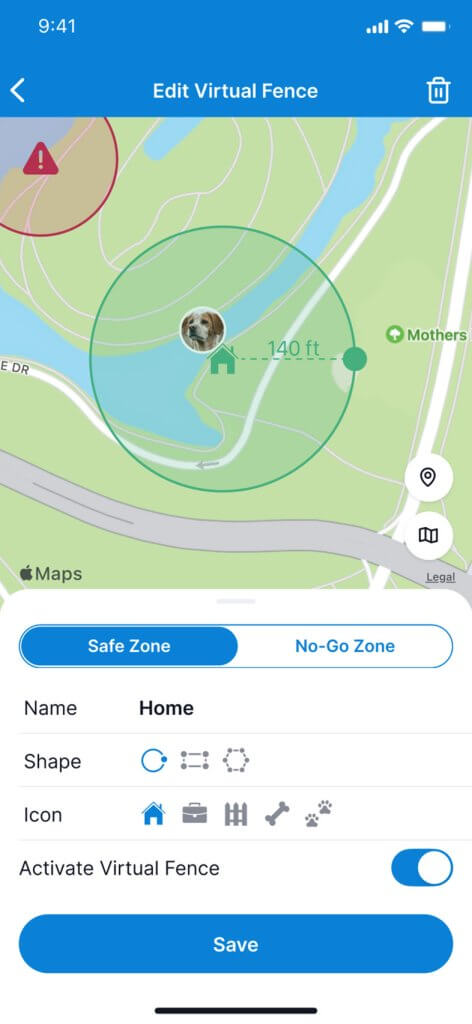
Once you strap your Tractive device to your dog’s collar, you can set up a “safe zone” around your home and backyard.
Your tracker starts monitoring your dog’s movements within this safe zone – and sends you an escape alert within seconds if your dog sneaks past it or makes a dash over your fence.
So you can intervene right away and bring your dog back to safety before they’ve run away too far from safety, a mile a minute.
And the best part? You can even monitor your safe zones remotely – whether you’re out of town, out of state, or even on vacation.
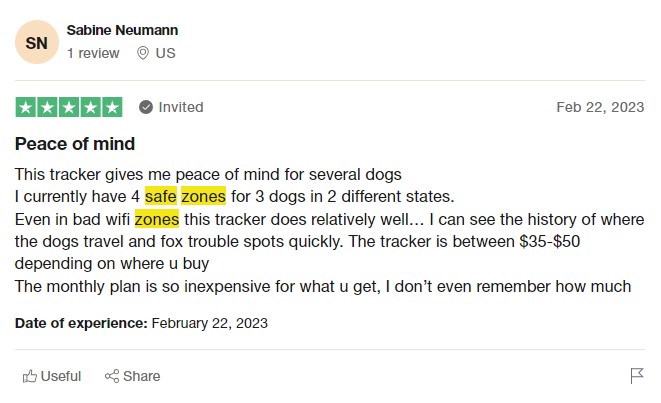
3. Don’t leave your dog home alone (or unoccupied)
Dogs tend to be much more scared if left alone during a thunderstorm. So if the weather forecast shows some clouds and lightning coming up, try your best to either stay at home with them – or get a pet sitter, friend, or loved one to keep them company.
While you two are at home together, keep your dog occupied with a fun game of tug-of-war, playing catch, or even learning new tricks. The distraction can help change your buddy’s fearful behavior by sidetracking it with an activity they enjoy.
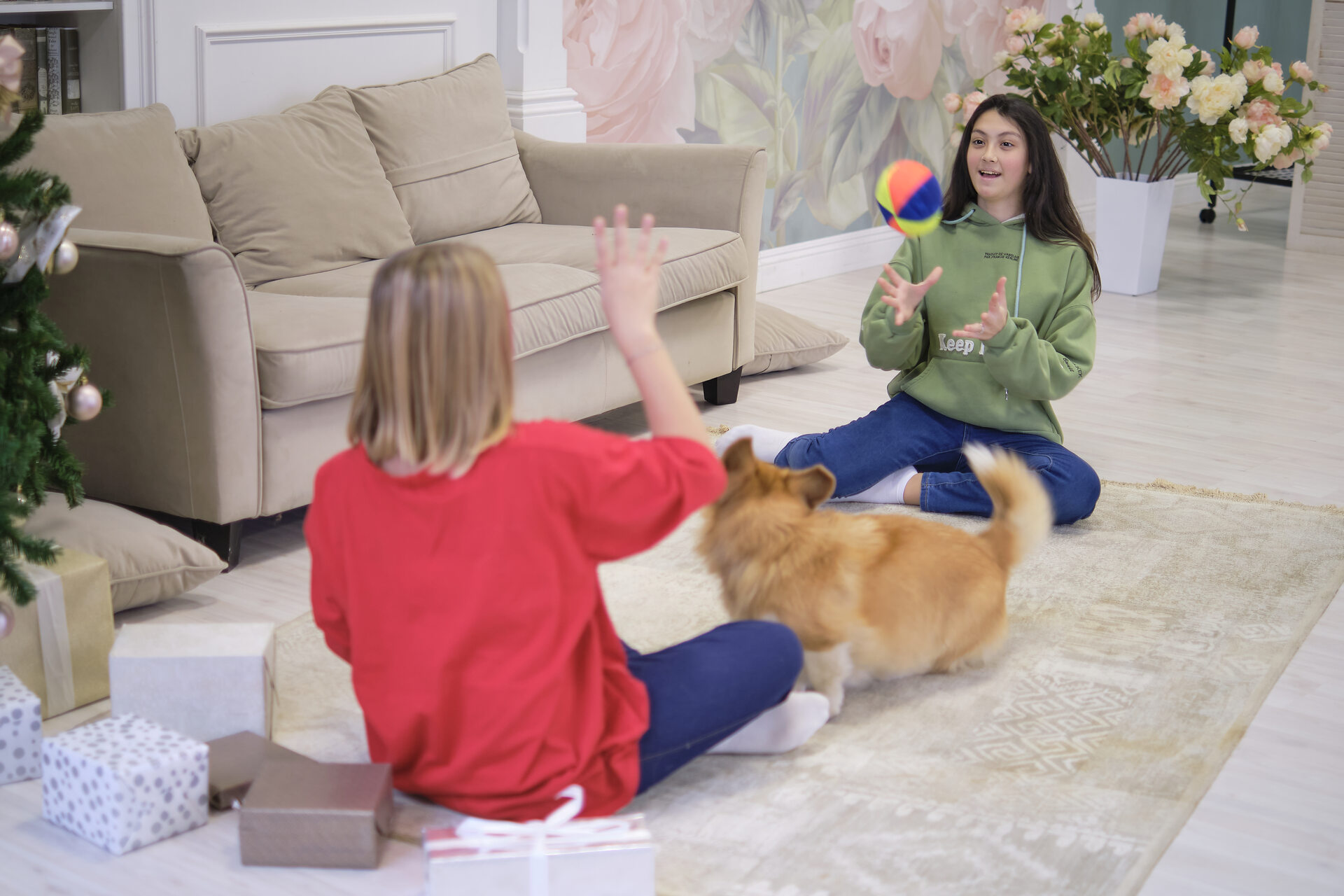
4. Minimize the noise
Another way of reducing the noise is to mask it by adding other sounds. Like, for example:
- The radio
- Music. Dogs tend to calm down with reggae music, for example!
- Television, including dog TV on YouTube – where you can find 8-10 hour videos designed to keep dogs busy and occupied.
You could also counter-condition your dog’s “scared” reaction. Play the “scary” sound at a very low volume – while keeping them distracted with a toy or a game. With time, this can help your dog associate the sounds of thunder, wind, and rain less with fear. (And more with something positive or neutral instead.)

5. Keep the indoors quiet & well-lit
Dogs tend to spook from fireworks much like they do with thunder and lightning. It’s a scary combination of flashing lights and booming noise that can drive them under a bed or over a fence within seconds.
So if you can block out as much of the noise and light as possible, you can reduce their discomfort and relax easier.
- Keep the curtains drawn and move your dog to a room where you can hear the thunder the least.
- Else, you could turn on the light in the room your dog is in to minimize the impact of the lightning.
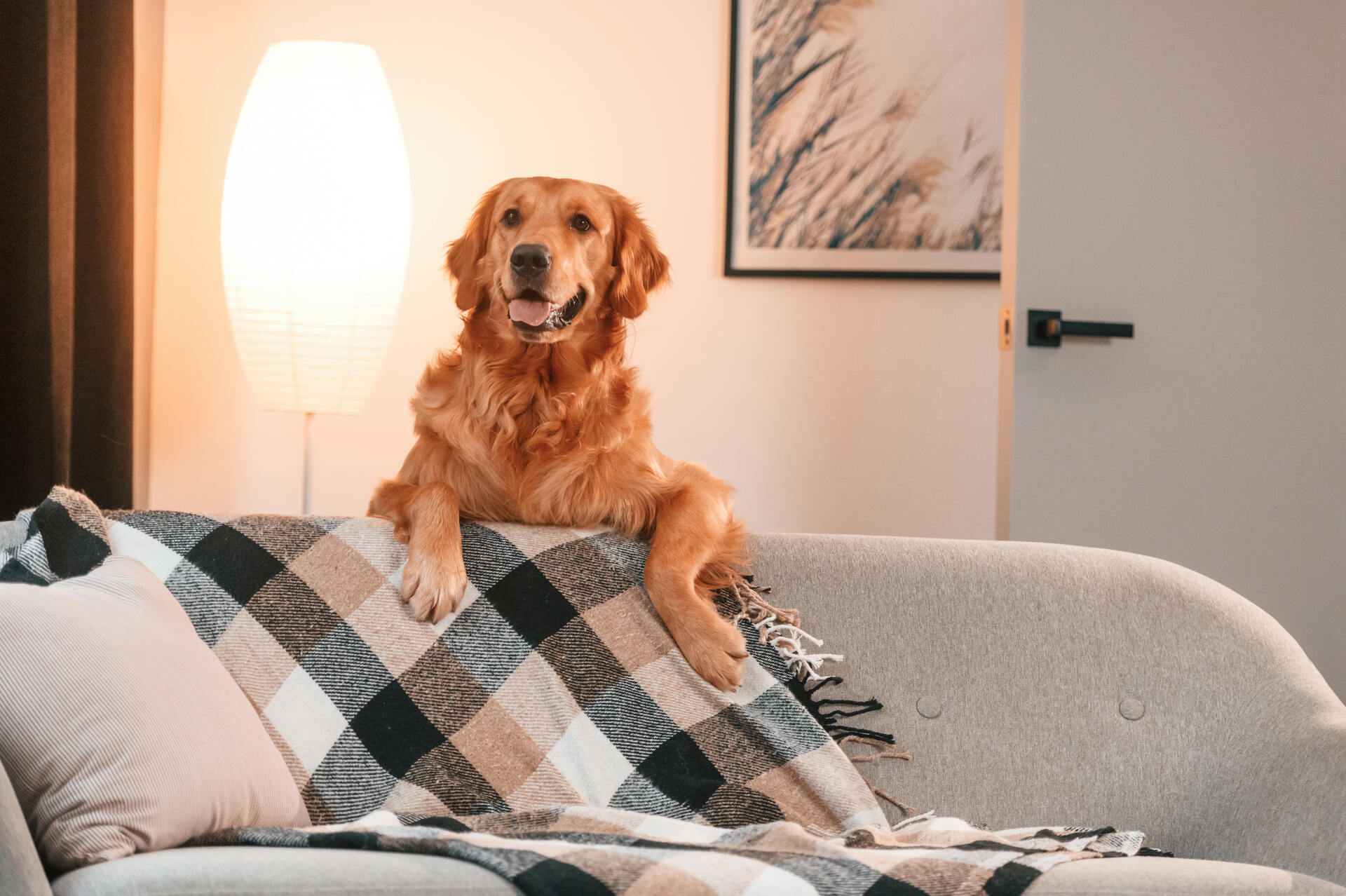
6. Stay in touch with your vet
If you’ve set up as best an indoor environment as possible and your dog is still scared of thunder, your vet might be able to help. Drop by your clinic to discuss whether your dog could best benefit from anti-anxiety medication or with the help of a professional animal behavior specialist.

⚠️ Just remember: never give your dog any medication without consulting your veterinarian. Medical products designed for humans may contain ingredients that are toxic to dogs.
Brave every storm with your buddy – for good
Still wondering, why are dogs scared of thunder? It’s most likely your buddy’s ability to hear, smell, and sense changes in the environment signalling something “scary” (aka, the storm.) Which can be overwhelming and frightening for them. Else, your dog might also have picked it up as a learned behavior from other dogs or humans.
⛈️ If you find your dog spooking at the sound of thunder or howling wind, here are a couple of steps you can take:
- Set up a soothing indoor environment. Ideally, one with their favorite toys, something that masks the sounds from outdoors (like music or TV), and some company.
- Don’t leave your dog at home alone if you see storms in the weather forecast.
- Let your dog have a safe, supervised “hiding” spot, which is quiet and well-lit to minimize any lightning.
- Escape-proof your home and backyard with secure fencing.
- Get in touch with your vet to discuss whether your dog could benefit from anti-anxiety medication or other professional help.
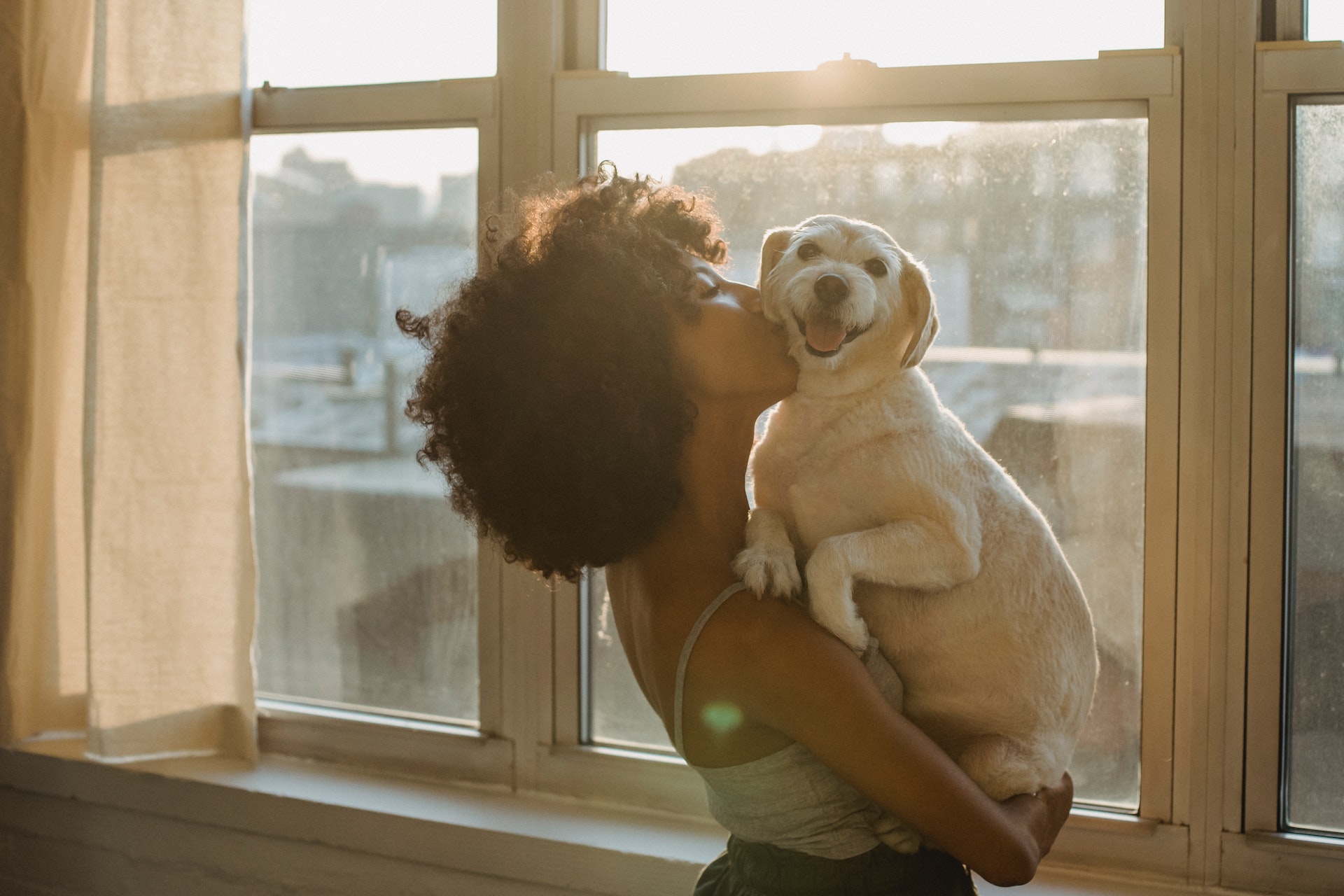
And most importantly…
- Plan ahead for an emergency – i.e., a missing dog situation.
Dogs spook during thunderstorms for the same reason they get frightened from the sight or sound of fireworks. Aka, loud, booming noises and flashing lights.
🎇 Which can trigger their flight instinct, no matter how well-trained they are. (Not even accounting for if they’re a young, untrained puppy or anxiety-prone in general. All of which can make them flee to find safety.)
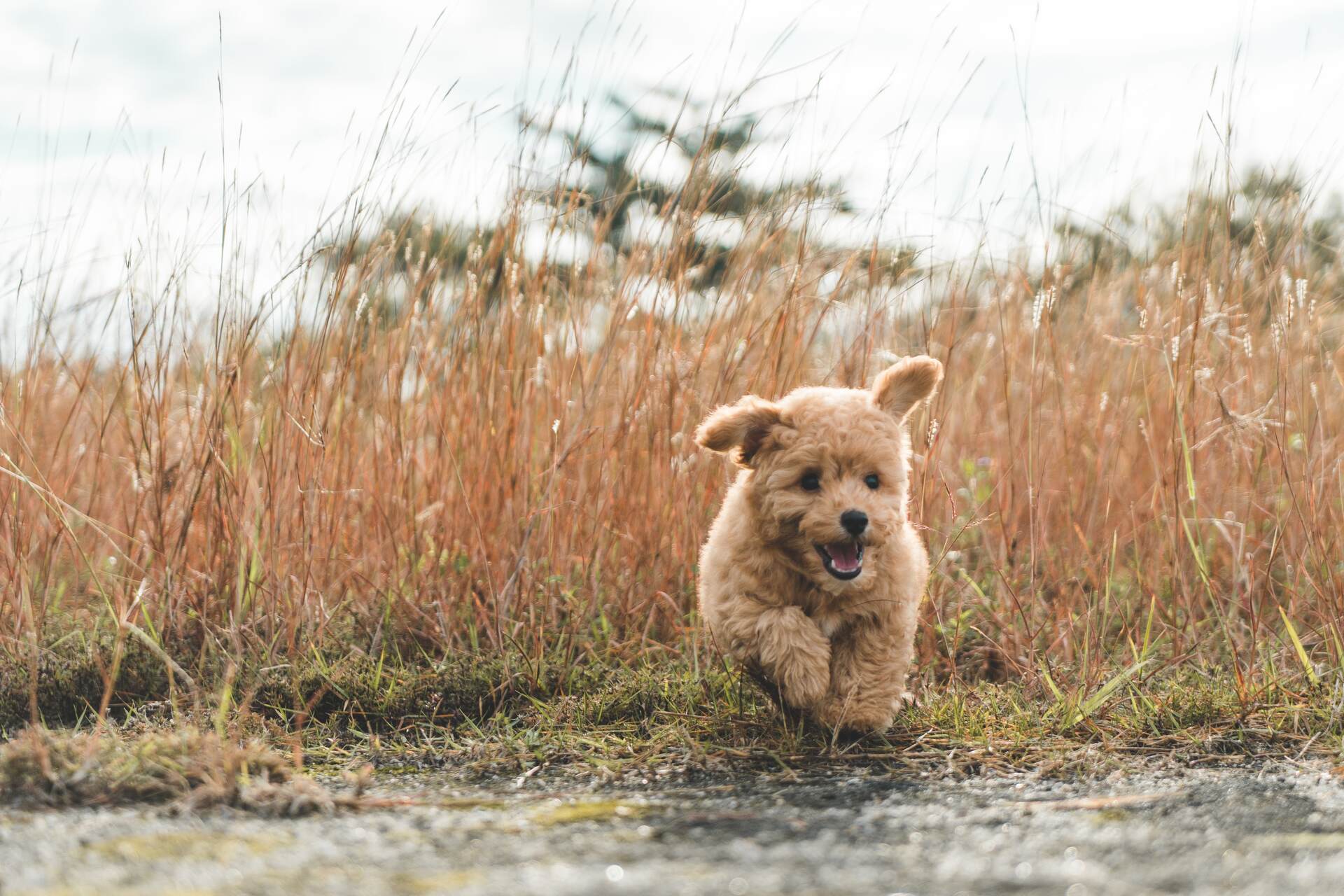
So why take a chance on your buddy’s safety?
💡With a Tractive device strapped to their collar, all you’ve got is the relief and peace of mind from knowing you’ll always be able to find your dog – with just a glance at your phone.
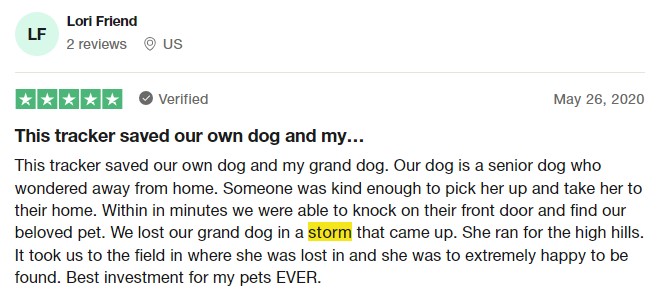
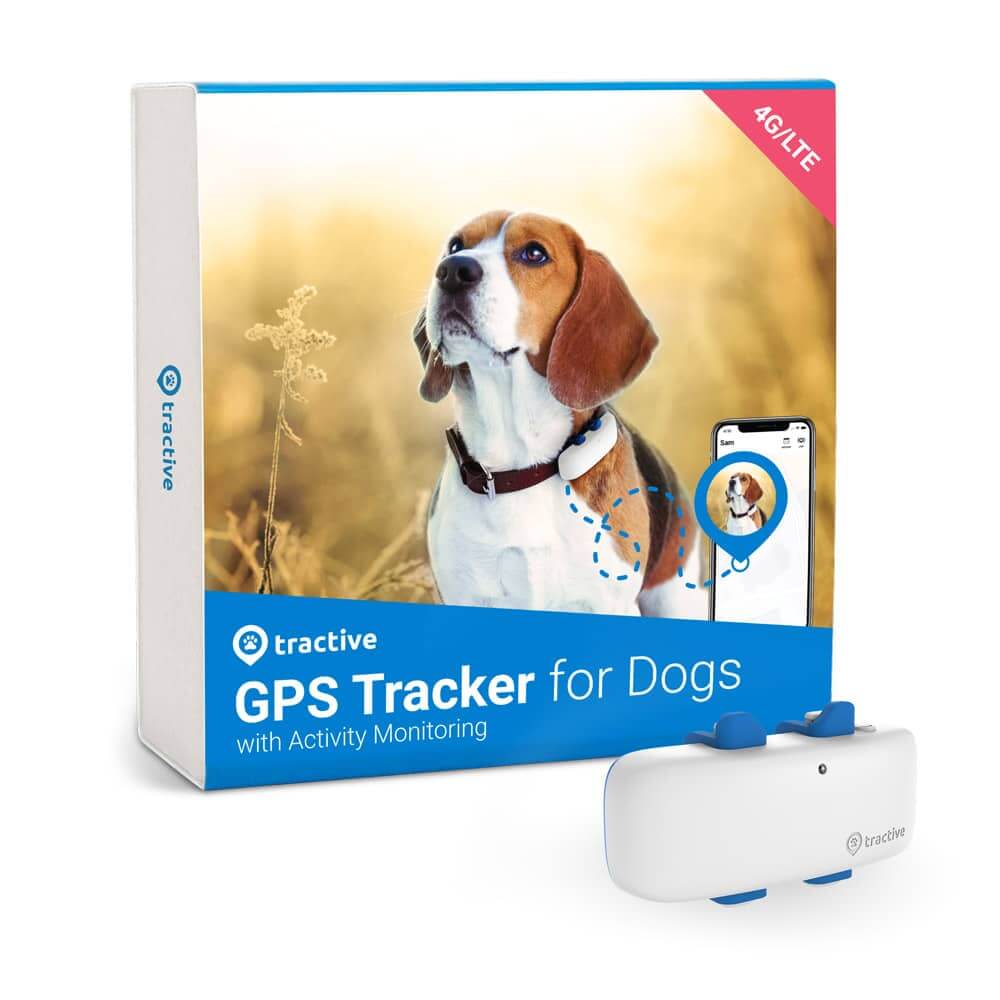
Always know where your dog is
Follow every step in real-time with unlimited range. Get alerts if they wander too far. Keep them happy & healthy with Wellness Monitoring. And let others – like walkers or sitters – keep an eye on your dog too.
Curious about the science behind why dogs are scared of thunder? Here’s Dr. Nicolas Dodman from the Center for Canine Behavior Studies chipping in:
And if you’ve liked this post, share it with a friend or a loved one – and let’s help build a safer, kinder world for our furry friends together.




